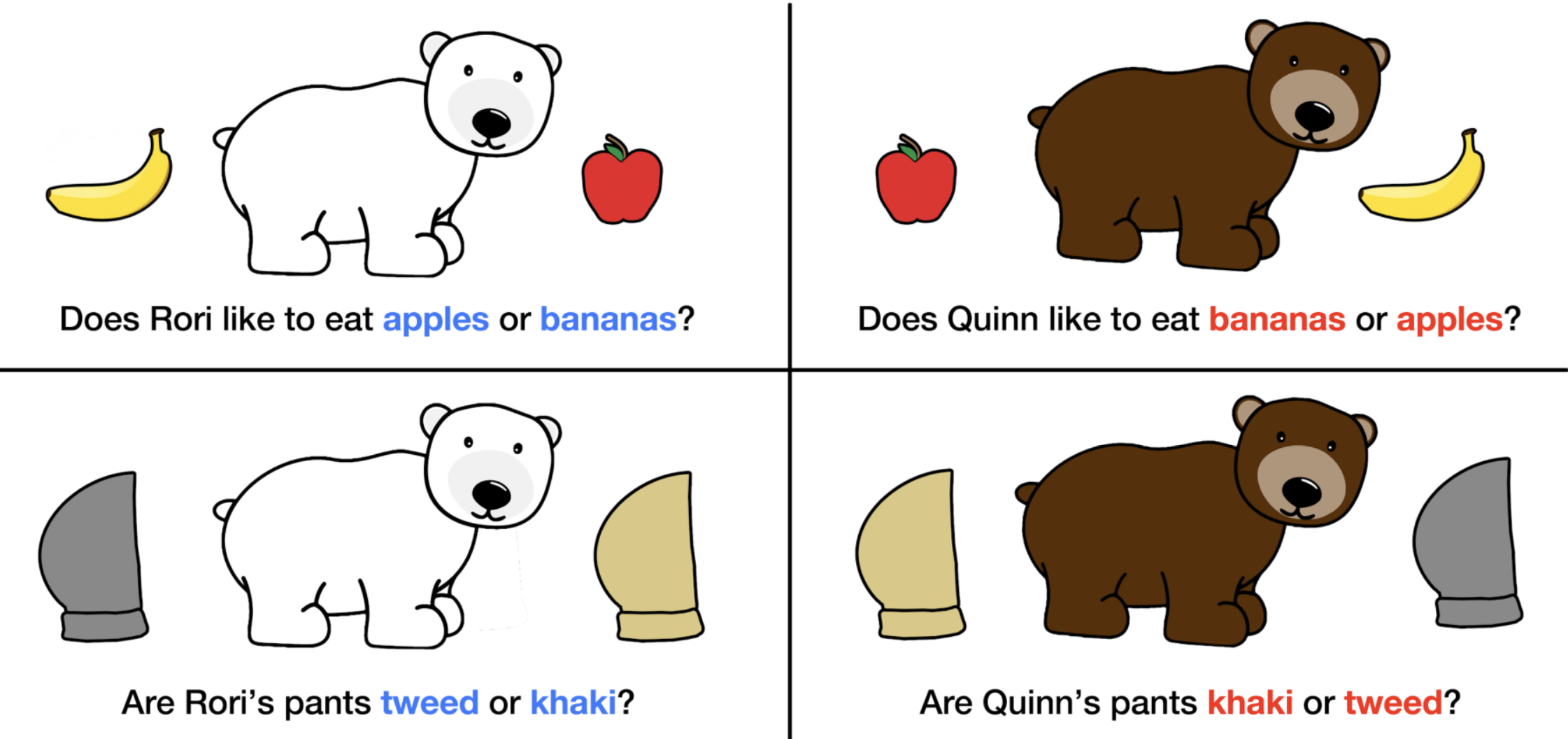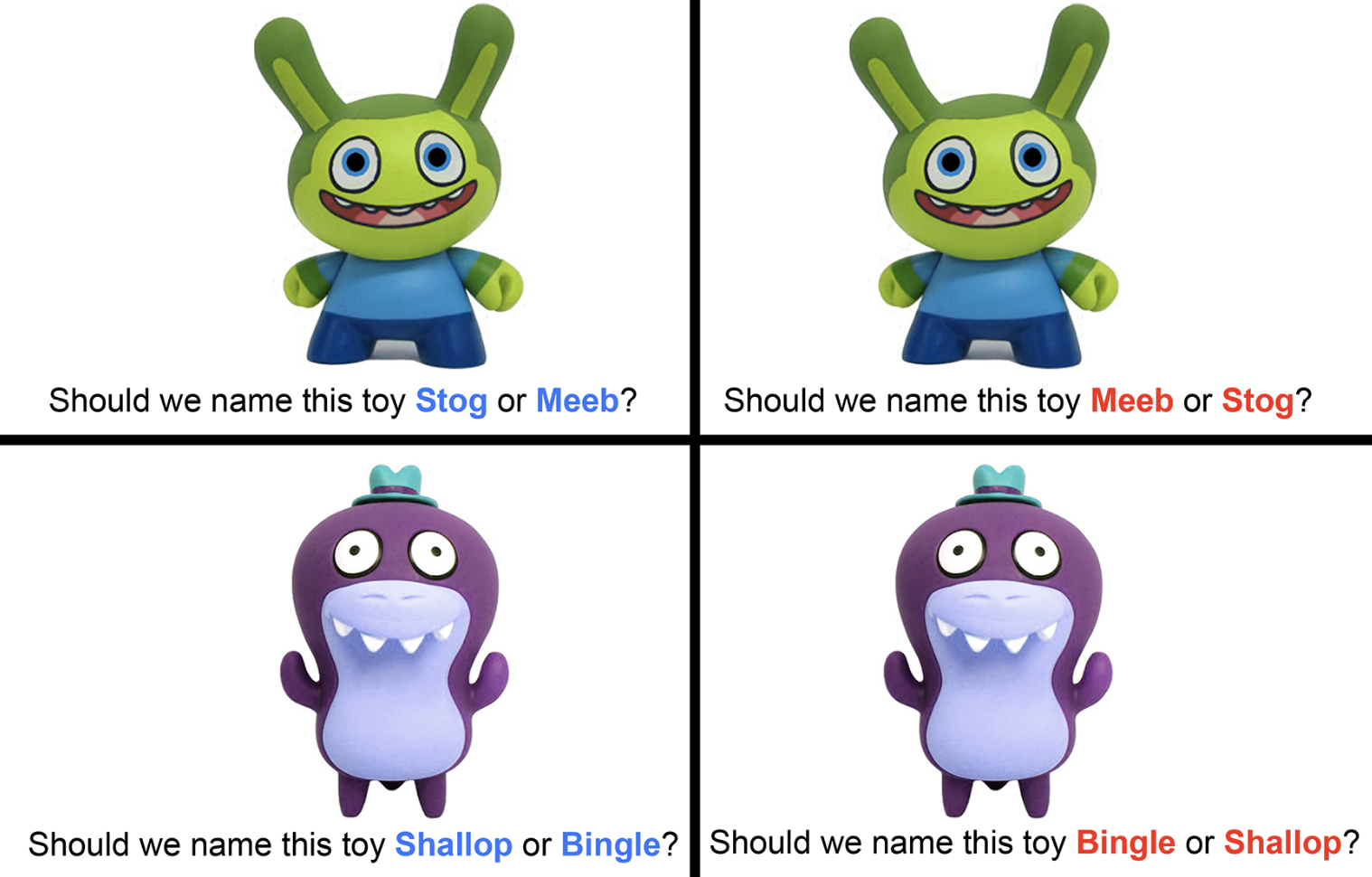When toddlers are given two options by their parents, their final pick may have less to do with choice and more to do with imitation.
In a small yet original study, researchers have shown that children aged three and under tend to echo the last choice they hear, even if that's not the option they actually want. So when parents ask their child if they want cake or broccoli for dinner, chances are their kid is going to land on the latter.
"Adults are able to distinguish between choices and are oftentimes more likely to select the first one. This is called primacy bias," says cognitive science researcher Emily Sumner from the University of California Irvine.
"But kids, particularly toddlers under three, who may not know language as well, demonstrate a recency bias when responding to questions verbally, meaning the last choice presented is more often selected. This area hasn't been studied in children before, so this is fascinating to pinpoint."
It could also be extremely useful. Especially if an adult wants to positively influence a child's choices, or otherwise get a more truthful answer out of them.
As an example, the authors explain that if a toddler was asked if they threw food "on accident or on purpose", they might respond with one of the two choices "without any actual knowledge what either difficult-to-infer abstract concept actually means".
During an experiment, researchers asked 24 toddlers approximately two years of age a set of 20 two-choice questions mirrored by two stickers on a whiteboard easel. Some questions involved a polar bear named Rori - such as, "Does Rori live in an igloo or a tepee?" - while others centred around a grizzly bear named Quinn - for instance, "Should Quinn bring a backpack or a lunchbox to school?".
 (Sumner et al., PLOS One, 2019)
(Sumner et al., PLOS One, 2019)
In the test, the children could answer the questions either verbally, or by pointing at one of the stickers in front of them.
After all 20 questions were asked, the researchers then posed the same questions over again, but this time they were switched around so that it was now: "Should Quinn bring a lunchbox or a backpack to school?".
In response to these questions, some of the preschoolers pointed at the stickers to indicate their answer, and those that did chose the second option about half the time (roughly the odds of chance).
But for the majority of kids who spoke their answers, the second option was picked 85 percent of the time, and that was true no matter whether the bear was Quinn or Rori.
"When a child is pointing, they can see the options and choose their actual preference," explains Sumner.
"When they have no visual references and only hear 'or,' they're able to hold onto the most recently mentioned option by depending on the phonological loop."
The phonological loop is a component of working memory that deals with auditory information, and a follow-up experiment by Sumner and her colleagues suggests preschoolers might have a limited use of this system.
The idea is that toddlers are unable to identify and remember two choices sufficiently well to compare them and respond, so instead, they simply echo the last one they heard.
When another 24 children were asked to come up with a name for toy characters by choosing between two nonsense names with various syllables - as displayed in the image below - the researchers found a recency bias throughout the entire process, especially when the strange words were longer.
 (Sumner et al., PLOS ONE, 2019)
(Sumner et al., PLOS ONE, 2019)
"The children understand how speech sounds but not necessarily what the words mean," says Sumner.
"So when speaking, they're just parroting back the most recently mentioned choice."
There's even some evidence that this echo effect exists on a larger scale outside of the lab.
Sifting through real-life examples of child-parent conversations in the Child Language Data Exchange System (CHILDES), the authors analysed 534 "or" questions. For one- and two-year-olds, they discovered that the number of second options sat around 64 percent, while for three- and four-year-olds, the two choices were evenly split.
The effect, the researchers admit, is small, but it suggests that even in a real-world scenario, this recency bias appears to be present until about age three.
"Our study demonstrates the importance of swapping the order of options when asking young children about their preferences, because they don't always know what they're saying," says Sumner.
"For experimental psychologists, research methods that require verbal responses should be carefully counterbalanced. Parents, however, may wish to use such a biased design when asking toddlers if they'd like cake or broccoli."
The research has been published in PLOS One.
